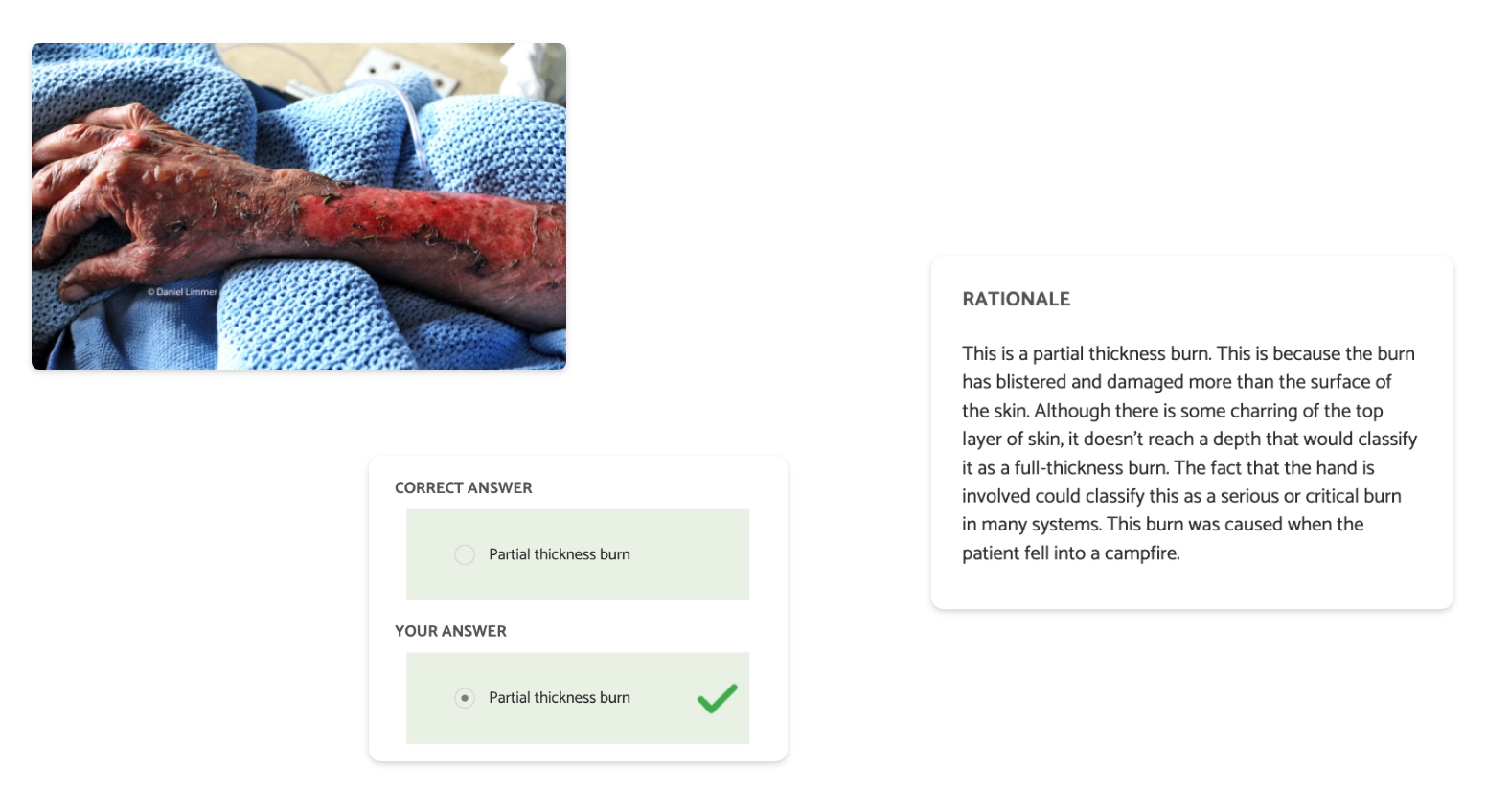

Trusted Education for the Future of EMS
NREMT prep and classroom solutions that build better providers.
The Limmer Advantage








Made by NREMT Experts
Clinical Depth
From Class to Field and Beyond




NREMT Success
Help students succeed on their exams. Our apps focus on critical thinking, pattern recognition and pathophysiology.
Get startedAfter using your products and learning how to attack and understand questions I felt more confident than ever. The material you offer is amazing! It helped me to finally pass my NREMT! – Trevor D.
Educator Tools
We’re here to help you create a more dynamic, inspiring, and productive classroom.
Get startedI recommend Limmer resources to all my students. The pass rates are much higher and students have shown to be more efficient and effective in the field as a result. – Scott Stephens
Knowledge & Application
Our NREMT remediation courses help users pass… and give them relevant, deep understanding. 24-hr. EMT / 36-hr. AEMT
Get startedMy saving grace! I completed your online remediation and went in to take my third attempt and passed! Thank you!! – Sidney F.
CAPCE Approved
The 7 Things EMS podcast provides fluff-free, boredom-free CE for a variety of topics, from education to toxicology.
Get startedThank you for this podcast. I have learned so much and love that I can get CE for listening. – Julie R.

Find Your Match
We have a wide variety of apps for all different stages of your EMS education.
Use our product finderFrom our EMS Articles
Loved by EMS Students, Educators and Institutions
-
-
I was about to give up when I found Limmer Education. Thanks to EMT PASS and Dan’s Office Hours [on EMTReview.com] I am proud to be writing that I passed the NREMT on the 4th time. Dan Limmer helped me get my “Mojo” back. Dan’s background and wealth of knowledge how he explains things helped me master many concepts I did not understand before.
Noah JacksonEMT -
I recommend it to all my peer educators as the most reliable predictor of passing the NREMT. My current first time pass rate is 95% and I attribute most of it to your programs.
Christian VenturaEMT Program Director
-
-
-
I studied this for 2 weeks before taking the NREMT... the questions are very alike! And I found out that I'm an EMT!! Best app ever!!!
Sean D.EMT -
I have again successfully recertified by exam as an EMT by using your study resource. I felt well prepared for the exam and was only asked 70 questions.
Jim CoffeyEMT
-
-
-
We've been telling our EMT students about the apps for studying for NREMT and have received nothing but positive feedback!!! All of the students from my campus that have utilized the apps have passed on their first attempt!
Lara OndruchEMT Instructor -
I failed the NREMT 3 times, so I decided to purchase the remedial training and watching his videos and taking the practice test on each topic 3 times really help me understand the concepts and what to look out for in the NREMT test... Limmer Ed is the real deal. I passed on my 4th attempt.
David R.EMT
-




